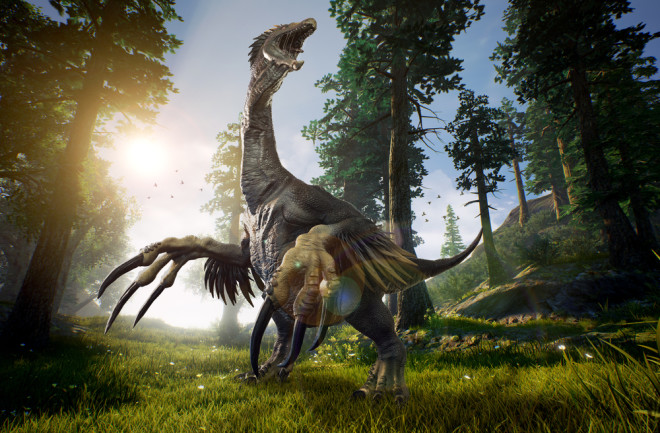Sometimes it looks as if Therizinosaurus couldn’t have been real — as if Dr. Frankenstein sewed together parts from a hump-backed giraffe, a giant ground sloth and the X-Men character Wolverine to make one of the weirder dinosaurs of the Late Cretaceous.
“It’s really hard to picture how they made a living,” says James Kirkland, a state paleontologist with the Utah Geological Survey who studies these creatures.
But they did exist, for millions of years in the Cretaceous, and they were rather successful at doing so.
The Discovery of Therizinosaurus
The first fossils of Therizinosaurus were discovered in Mongolia’s Gobi Desert in the mid-20th century. At first, paleontologists didn’t know what to make of it — they thought it might be similar to a giant sea turtle, with long claws like the front arms of sea turtles today. The trouble was the area these fossils were found in would have been inland in the Late Cretaceous period.







